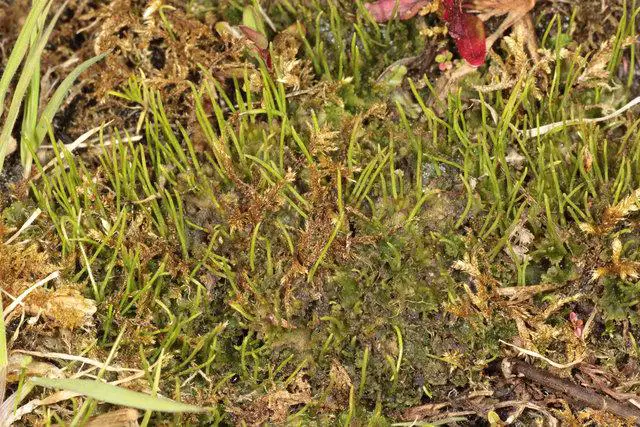Anthoceros argillaceus: The Fascinating Hornwort Moss
Affiliate Disclaimer: As an affiliate, we may earn a small commission when you make a purchase from any of the links on this page at no additional cost to you!
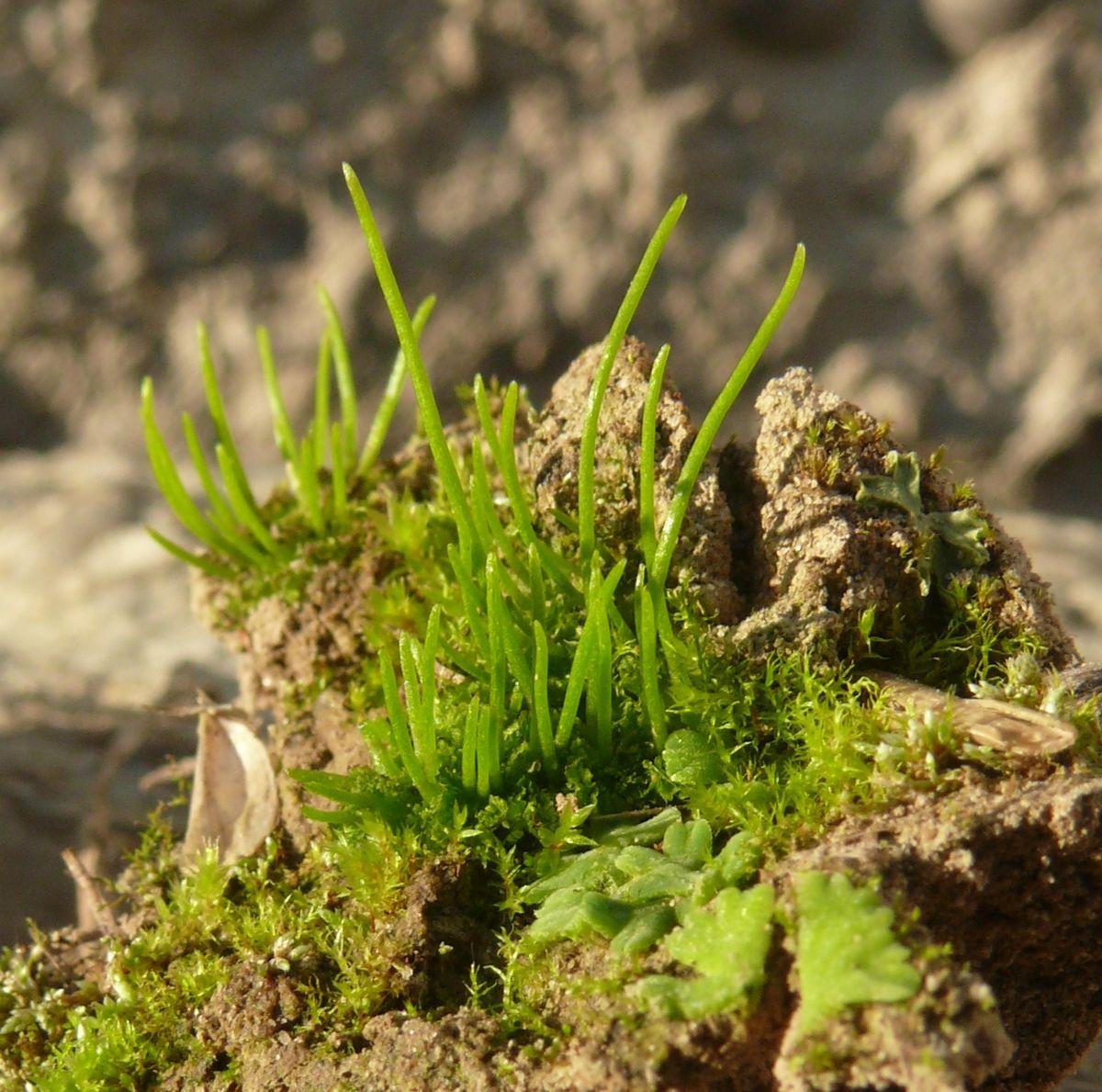
anthoceros-agrestis.jpg from: https://www.earth.com/plant-encyclopedia/Bryophytes/Anthocerotaceae/anthoceros-agrestis/en/
Exploring the Fascinating World of Anthoceros argillaceus Moss
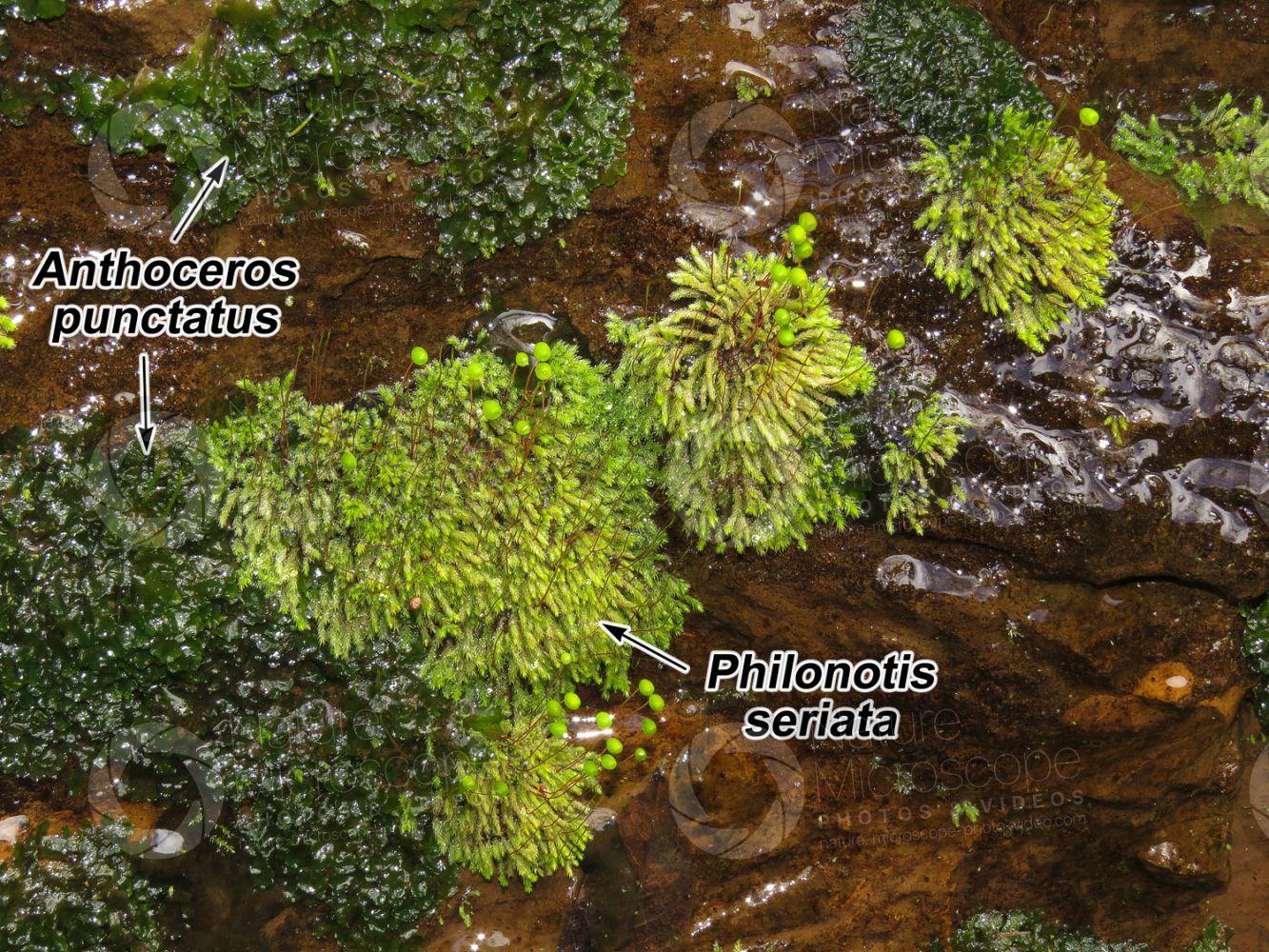
01040201previewen-01a.jpg from: https://www.nature-microscope-photo-video.com/en/photos/botany/anthocerotophyta-hornworts/anthoceros-punctatus/0104020101a-anthoceros-punctatus.html
Anthoceros argillaceus (Steph.) Verd., commonly known as Anthoceros moss, is a unique and intriguing species belonging to the
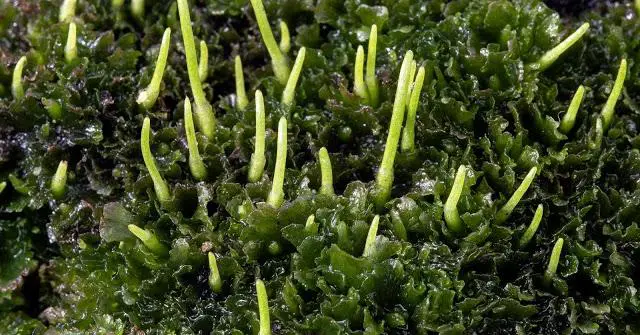
8.jpg from: https://plantscience247.blogspot.com/2020/07/anthoceros-classification-structure-of.html
Anthocerotaceae family. This moss may be small in size, but it plays a significant ecological role and has some remarkable adaptations. Let’s dive in and learn more about this fascinating plant!
Background on Anthoceros Moss
Anthoceros argillaceus is a type of hornwort, which are ancient non-vascular plants that diverged early in the evolution of land plants. Hornworts get their name from the elongated horn-like sporophytes that grow from the gametophyte plant body. There are around 300 species of hornworts found worldwide.
The genus name Anthoceros comes from the Greek words anthos meaning “flower” and ceros meaning “horn”, referring to the erect horn-like sporophytes. The species name argillaceus means “clay-loving”, indicating this moss often grows on clay soils.
Morphology and Identification
Anthoceros argillaceus has a small, flattened, irregular thallus that is dark green in color. The thallus lacks a midrib and is composed of uniform cells. Numerous upright cylindrical sporophytes emerge from the thallus, each 1-4 cm tall. The sporophytes split open lengthwise to release spores.
Other key identifying features:
- Thallus margins smooth, not lobed
- Thallus usually less than 2 cm in diameter
- Grows in rosettes or extensive mats
- Sporophytes horn-like, green when young, turning brown
Global Distribution and Habitat
Anthoceros argillaceus has a
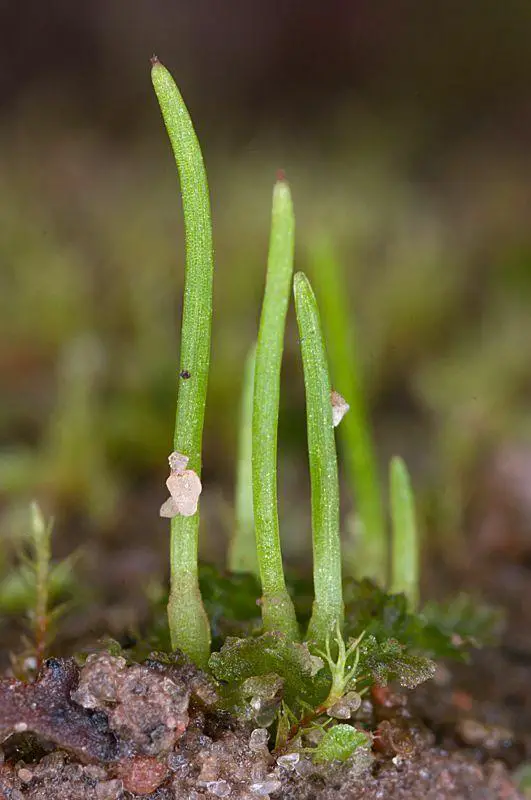
836074.jpg from: https://www.bio-forum.pl/messages/3280/836068.html
cosmopolitan distribution, found on every continent except Antarctica. It grows in a variety of habitats including:
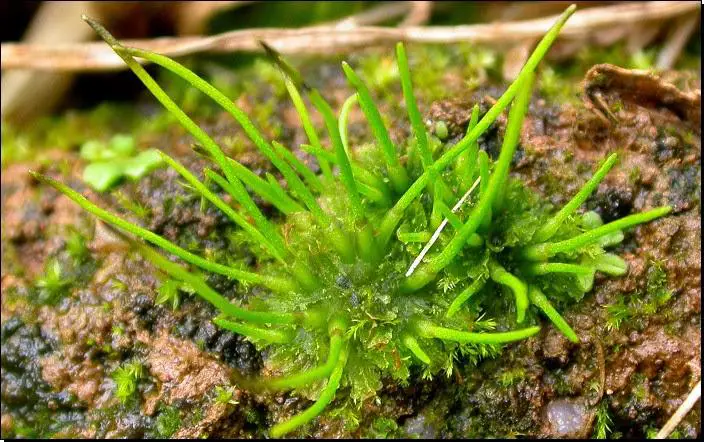
anthoceros-sp.jpg from: https://elpocito.wordpress.com/•-ecology-wildlife-of-the-parque-natural-de-la-sierra-de-aracena-y-picos-de-aroche/anthoceros-sp/
- Damp, shaded clay banks
- Wet rock crevices and cliffs
- Roadside ditches
- Disturbed soils
- Near streams and seeps
This adaptable moss is able to colonize harsh environments where other plants struggle to survive. It prefers
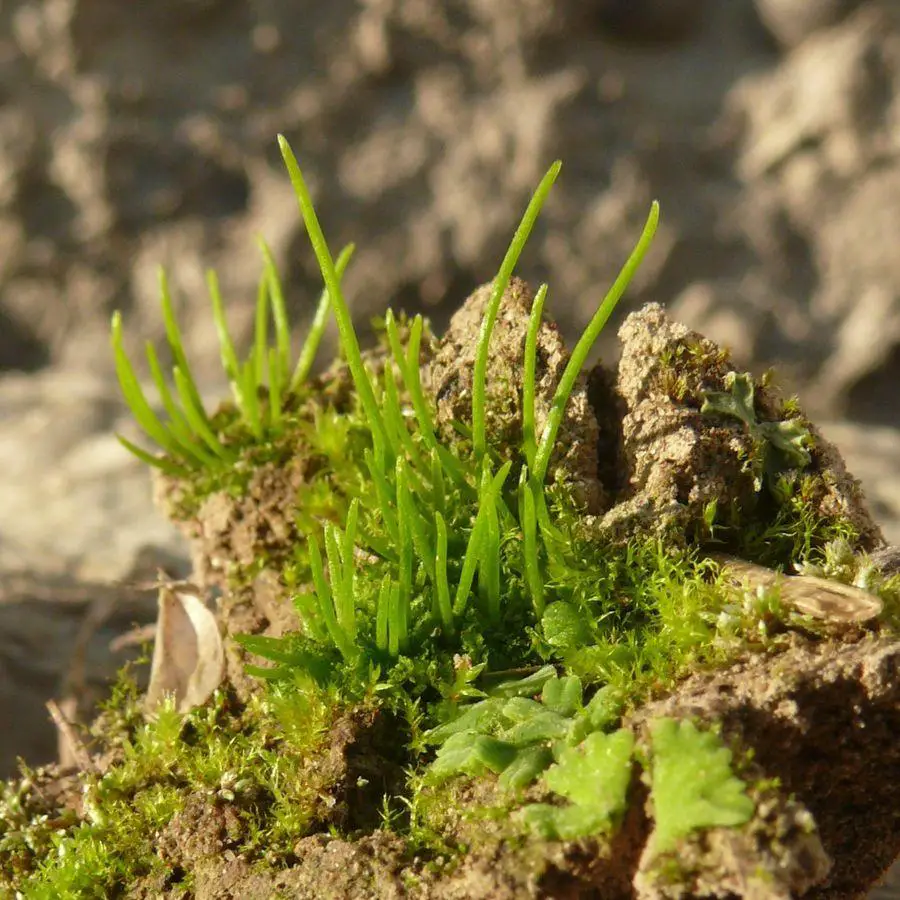
4be31130f4deb931d3bc8dbfc9e5085e.jpg from: https://www.pinterest.pt/pin/anthoceros-agrestis-care-growing-guide–1152569729617593722/
acidic substrates
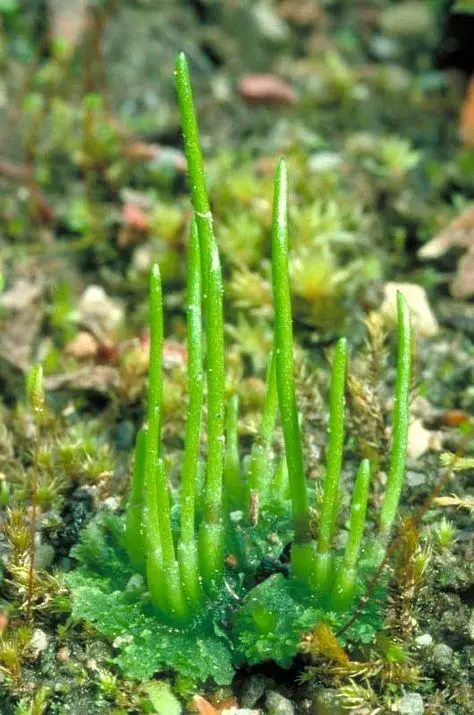
092fb54ae16b6504f31c04b4726ad4c4–photo-caption-mets.jpg from: https://www.pinterest.fr/pin/553379872935333372/
and is often a pioneer species after disturbance events.
Ecological Roles and Adaptations
Despite its small size, Anthoceros argillaceus plays several important roles in its ecosystems:
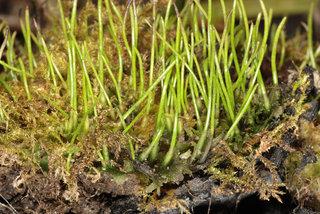
Anthoceros_punctatus,I_MWS137227.jpg from: https://www.discoverlife.org/mp/20q?search=Anthoceros&flags=col1:&res=320
- Helps prevent soil erosion by stabilizing bare ground
- Provides shelter and moisture for microarthropods
- Acts as a carbon sink, absorbing CO2
Anthoceros_punctatus,I_MWS137225.jpg from: https://www.discoverlife.org/mp/20p?see=I_MWS137225&res=640&flags=col1:
- Contributes organic matter to the soil as it decomposes
Anthoceros has some notable adaptations:
- Pyrenoids in its cells concentrate CO2 for photosynthesis
- Mucilage on its thallus absorbs and retains water
- Rhizoids anchor it to the substrate
- Spores are yellow and survive harsh conditions
| Characteristic | Description |
|---|---|
| Thallus | Dark green, irregular, smooth margins |
| Sporophytes | Horn-like, 1-4 cm tall, split open lengthwise |
| Habitat | Damp clay, rock crevices, disturbed soil |
| Distribution | Cosmopolitan, every continent except Antarctica |
| Adaptations | Pyrenoids, mucilage, rhizoids, durable spores |
Conclusion
The unassuming Anthoceros argillaceus moss is a remarkable organism that has survived since the early colonization of land by plants. Its global distribution, ecological importance, and unique adaptations make it a fascinating species to study and appreciate.
Next time you see a small patch of Anthoceros growing on a damp clay bank, take a moment to marvel at this ancient and important plant! What other secrets do you think this mighty moss holds?

